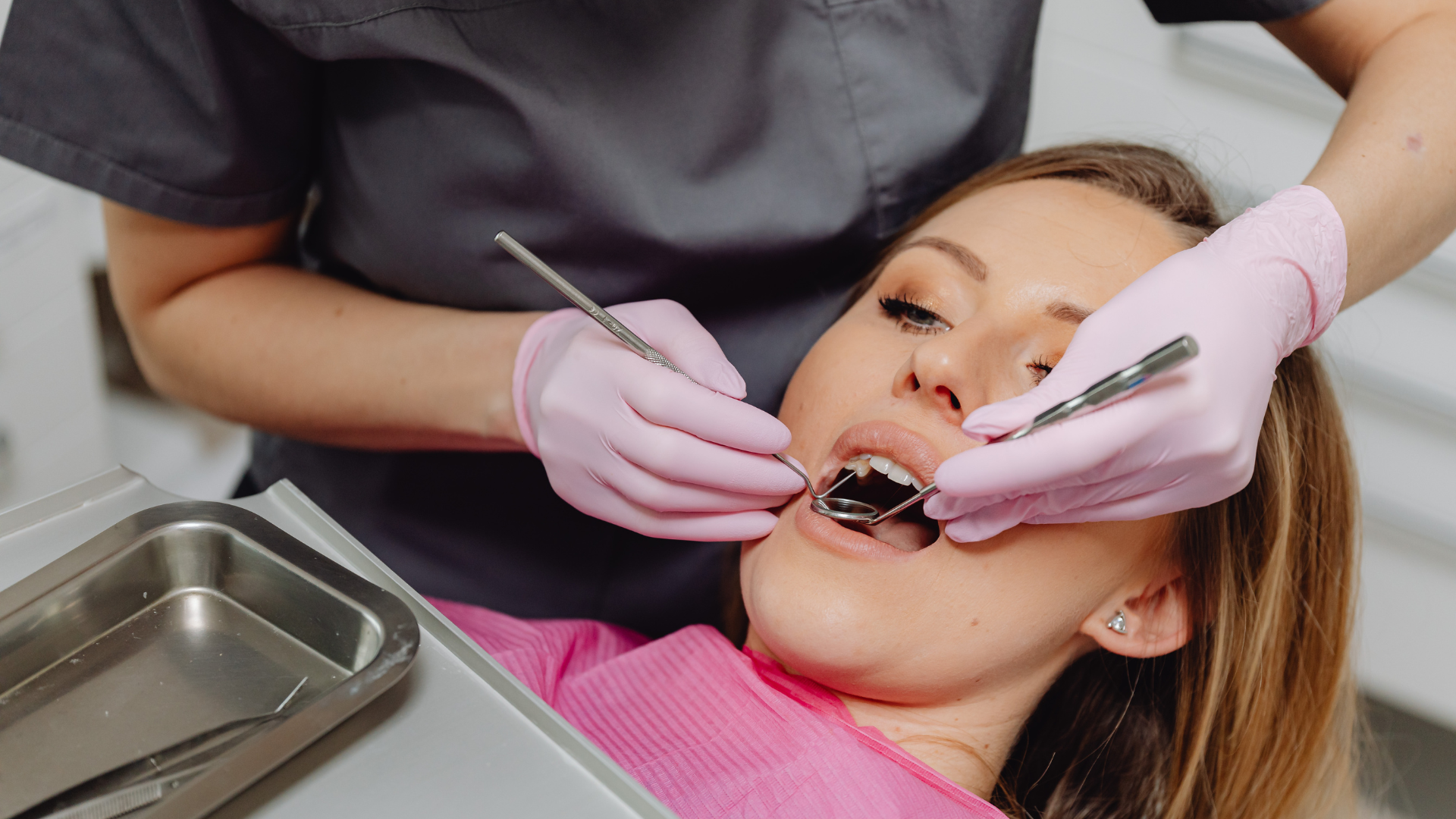Your First Visit to Danforth Neighbourhood Dental Centre
Your First Visit to Danforth Neighbourhood Dental Centre
Venturing to a new dental office can often be an amalgamation of anxiety and hope. At the Danforth Neighbourhood Dental Centre, we understand the importance of the initial visit, and we go above and beyond to ensure it's a welcoming and insightful experience for every patient. This article sheds light on what you can expect during your first visit and provides a handy checklist of things to bring along.
The Danforth Neighbourhood Dental Centre is not just a dental clinic; it's a hub of oral care excellence. From the moment you step into our premises, you'll be greeted with warm smiles and a team eager to provide you with unmatched dental care. Our objective is clear: to understand your dental concerns, provide appropriate treatments, and guide you towards maintaining lasting oral health.
So, what exactly should you anticipate during your first visit?
Here's a step-by-step breakdown:
Warm Welcome:
As you enter, our front office team will greet you, help you with the initial paperwork, and acquaint you with our clinic's layout and amenities.
Consultation:
Led by Dr. Andrew Syriopoulos and backed by a robust team of experts, you will have an initial consultation to discuss your dental history, concerns, and goals.
Dental Examination: Our team will perform a comprehensive oral examination to assess the state of your teeth, gums, and overall oral health. This could involve digital X-rays to get a clearer view of any underlying issues.
Discussion:
Post-examination, our dentists will discuss their findings with you, addressing any areas of concern and suggesting appropriate treatments or preventative measures.
Treatment Plan: If needed, a customized treatment plan will be mapped out, detailing the procedures recommended, their benefits, costs, and expected outcomes.
Final Q&A:
Before concluding your visit, we encourage patients to ask questions, ensuring you leave our centre with clarity and confidence.
To streamline the first visit and make it more productive, we've prepared a checklist of things you should bring along:
Your First Visit Checklist:
- Medical History: A record of any past or ongoing medical conditions, surgeries, or relevant health details.
- List of Medications: Mention both prescription and over-the-counter medications, as some might influence dental treatments or oral health.
- Insurance Information: This will assist in smooth billing processes and understanding any coverage or out-of-pocket expenses.
- List of Questions/Concerns: Make sure to jot down any queries about dental care, treatments, or specific concerns you have about your oral health.
- Dental Goals: Whether it's achieving a brighter smile, getting an implant, or simply maintaining your oral health, let us know your aspirations, and we'll guide you accordingly.
Your first visit is the cornerstone of a lasting relationship with the Danforth Neighbourhood Dental Centre. We're excited to journey with you towards impeccable oral health. See you soon!




